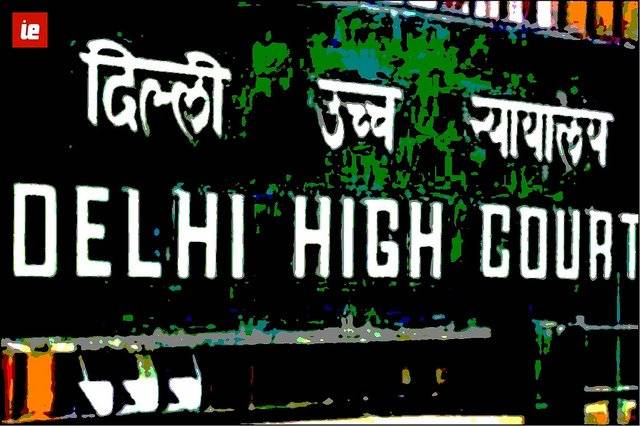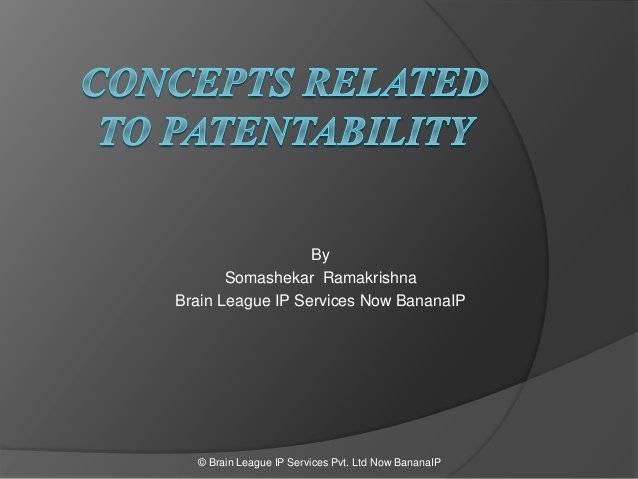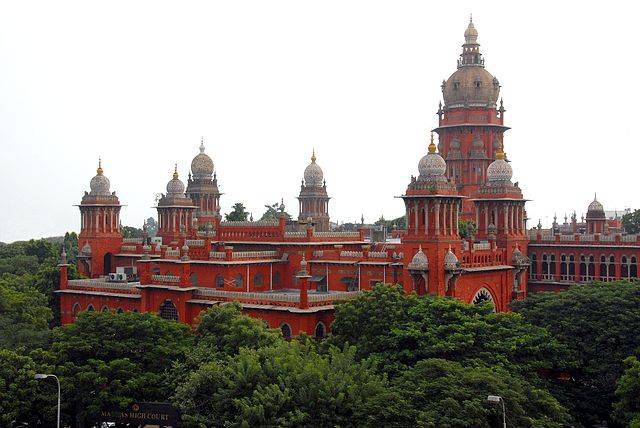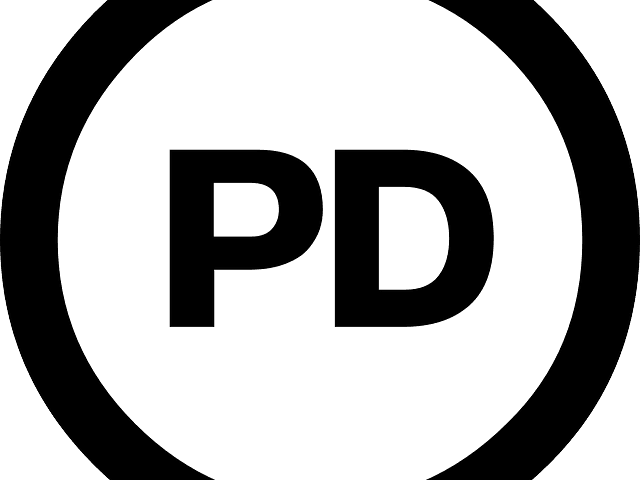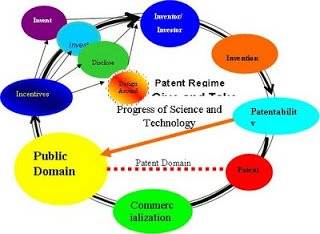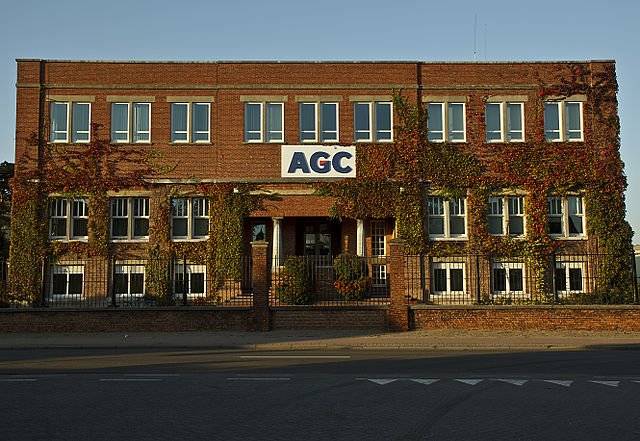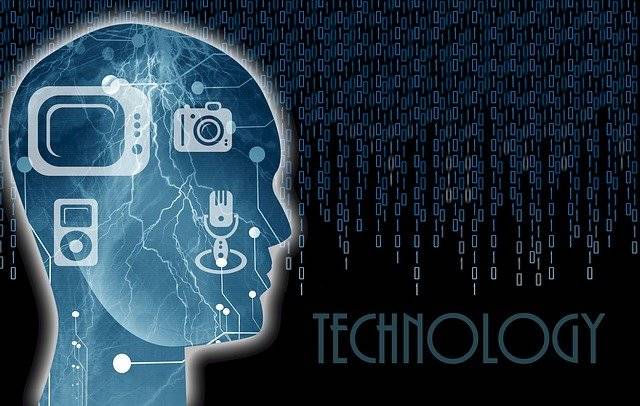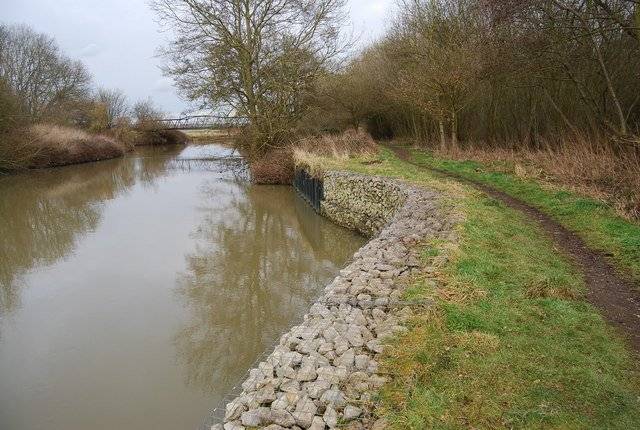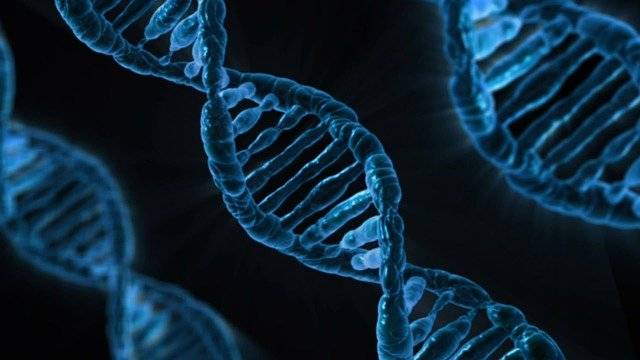First Publication Date: 9th December 2009.
Asian Electronics Ltd v/s Jumbo Electric Company (Delhi High Court, 12th November, 2009)
Facts of the case:
Asian Electronics (hereinafter referred to as the plaintiff) is the holder of an Indian patent 193488, which talks about a kit for converting a fluorescent lighting fixture from inductive operation to electronic operation. The corresponding US patent can be seen here. The plaintiff stated that Jumbo Electric Company (hereinafter referred to as the defendant) was manufacturing and selling the identical…
